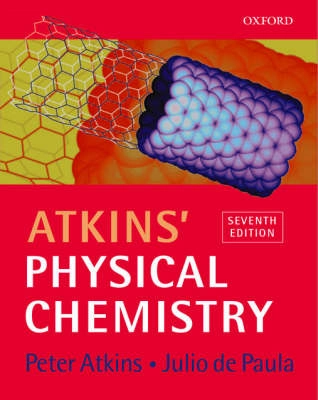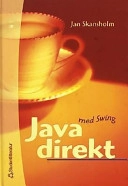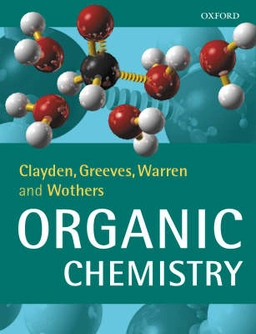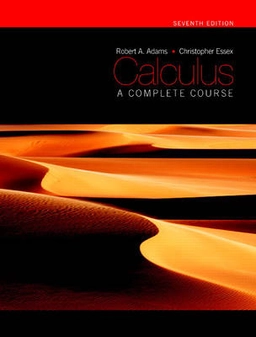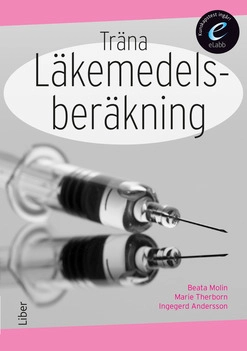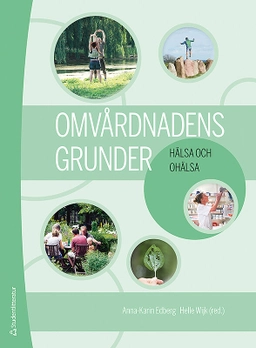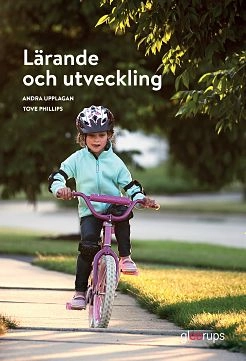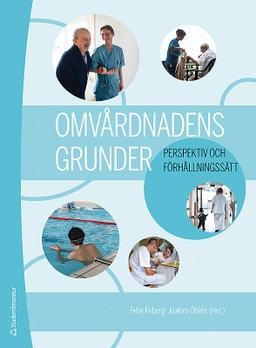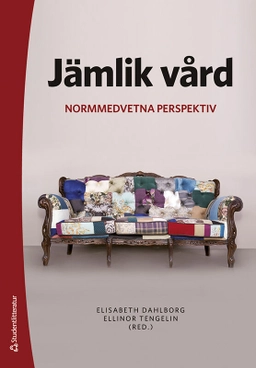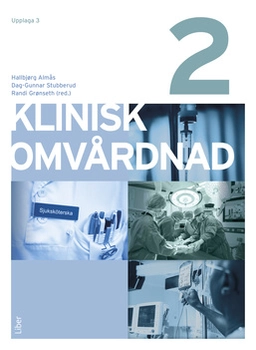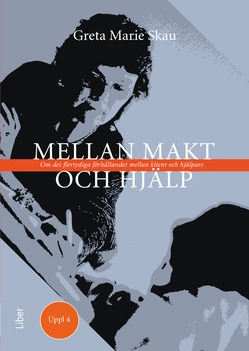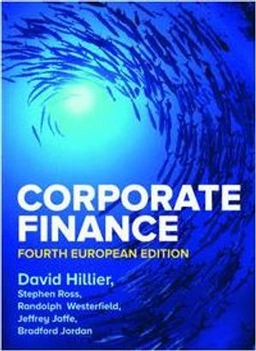This major revision of the world's leading textbook of physical chemistry has maintained its tradition of accessibility but authority and has brought it thoroughly up to date. The new author team has introduced many innovations. There are new or rewritten chapters on the solid state, on molecular interactions, macromolecules, and electron transfer. Almost every chapter has at least one Box showing the relevance of the material to modern chemistry. All the chapters now conclude with a check list which includes definitions and key equations. The authors have paid special attention to the presentation of mathematical derivations and to the physical interpretation of equations. They have also ensured that the text is highly modular, so that it can be used in different sequences, either atoms first or thermodynamics first. The art program has been redrawn and extended, new Discussion questions have been added, and the Further Information sections have been recast to provide the necessary background in mathematics and physics. The text is fully geared to the web, with full media support. SUPPLEMENTS AND SUPPORT MATERIAL: 1. Web site featuring Living Graphs (about 150). Dynamic, interactive graphs that allow experimentation and hands-on learning. Web links to sources of data and other information, as referred to in the book. 2. Student's Solutions Manual containing worked solutions to half the end of chapter exercises and problems in the parenttext. 3. Instructor's Solutions Manual, FREE to adopters of the parent text, containing worked solutions to the other half of the end of chapter exercises and problems in the parent text. Contains a CD-ROM with all the illustrations from the text, for use in presentations. 4. MathCad/Mathematica supplement book with CD-ROM to take all living graphs further. NEW TO THIS EDITION: DT New co-author Julio de Paula, a biophysical chemist, strengthens the text's coverage of biologicalapplications. DT Margin notes provide help with mathematics just where it is needed. DT Boxes added to every chapter to cover biological applications, environmental, materials science and chemical engineering. Each box has two problems, and suggestions for further reading. DT Important equations and definitions added to the 'key concepts' section of every chapter. DT Microprojects used to be separate sections at end of every Part. These (most of them) have been integrated into the appropriate chapter's end-of-chapter exercises. DT More help with the mathematical development of derivations: marginal notes are provided, many derivations now include more steps (justifications), the section on mathematical techniques in Further Information sections has been rewritten, as has the Further Information section on concepts of physics. DT Fully integrated media support. The new feature of Living Graphs are flagged by an icon in the textbook, and marginal notes refer the reader to the weblinks to be found on the book's free web site. DT The chapters are modular so that they may be read in different orders for different courses. Road Maps are provided that suggest different routes through the text for the following types of course organizations: (a) thermodynamics first, (b) atoms first (quantum mechanics first). DT There is a separate section in of end-of-chapter exercises specifically for applications. DT End-of-chapter problems for which solutions are provided in the Student's Solutions Manual are now indicated by colour. MODERNIZATION DT More coverage of modern topics throughout the text. Some examples, by section of the book: PART 1: Illustrations of partial derivatives added Added Boxes, more practical and more biological applications PART 2: Chapter 14 includes computational chemistry Enhancements to quantum mechanics coverage: addition of materials science in Chapters 22 and 23 More modern spectroscopy, more computational chemistry Chapter 21: new chapter on molecular interactions Chapter 22 on macromolecules emphasizes polymers and biological polymers PART 3: Organized to make selective use easier (made more modular) Chapter 29: more modern treatment of electron transfer theory in solutions, biological systems, and solid state For a complete list of changes to the book since the last edition, see the web site at www.oup.com/pchem7
Åtkomstkoder och digitalt tilläggsmaterial garanteras inte med begagnade böcker
